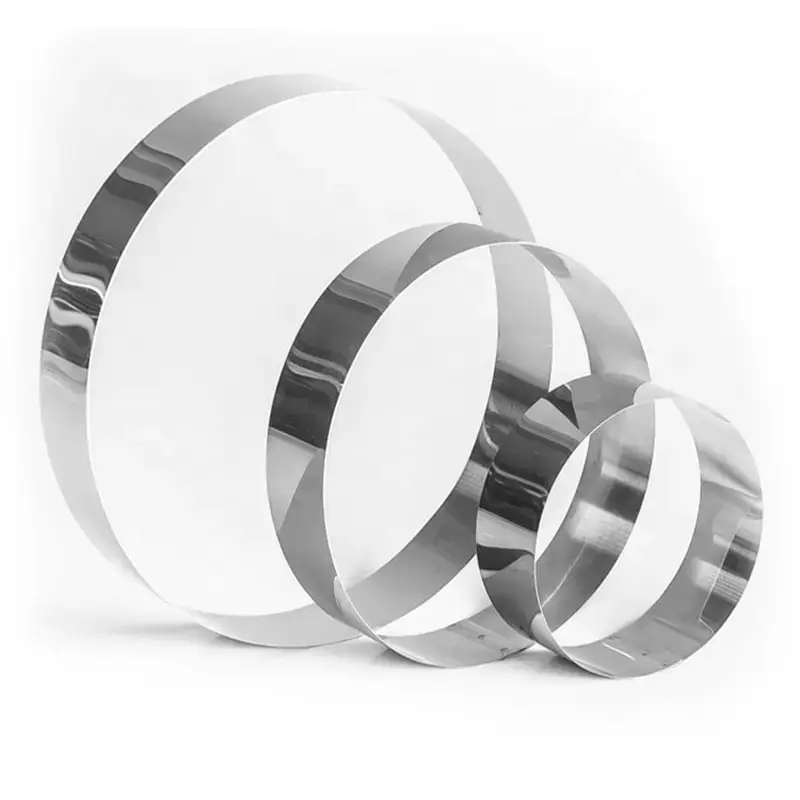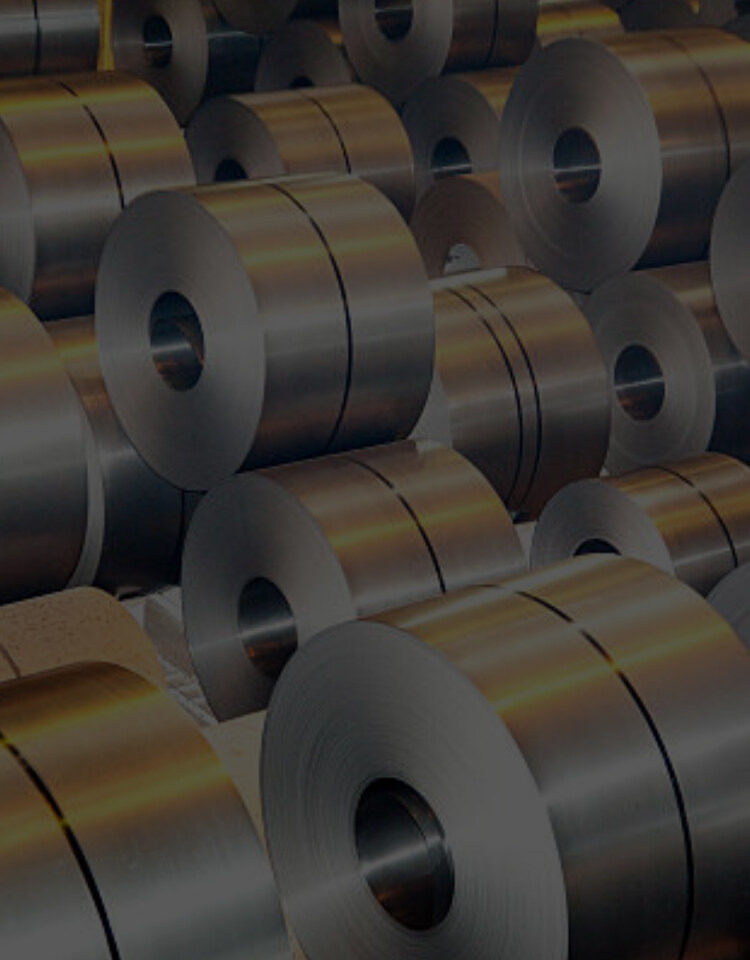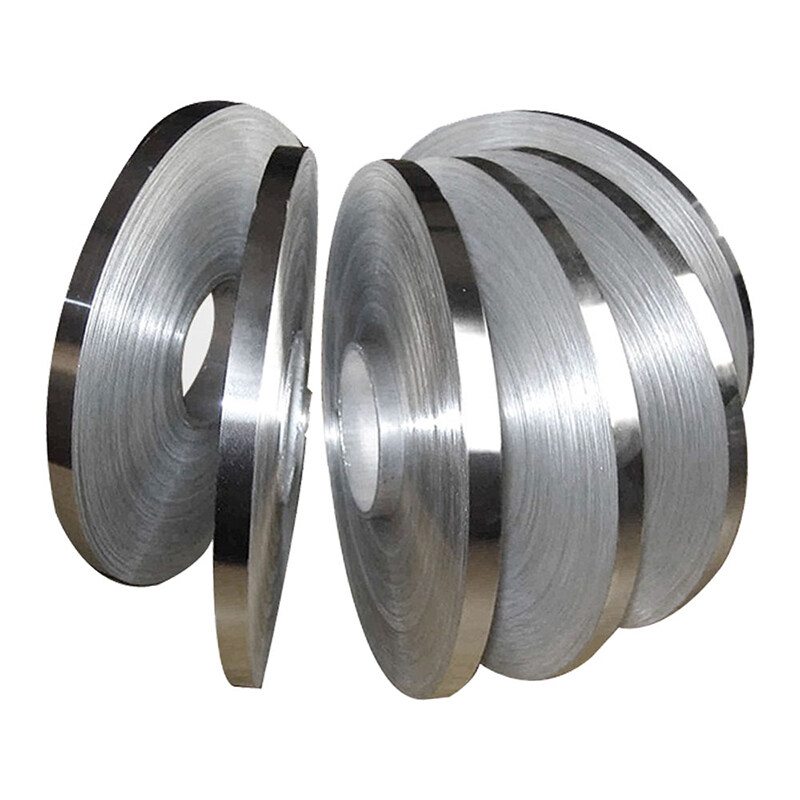Email format error
Email cannot be empty
Email already exists
6-20 characters(letters plus numbers only)
The password is inconsistent
Email format error
Email cannot be empty
Email does not exist
6-20 characters(letters plus numbers only)
The password is inconsistent

News

304 and 316 Cold Rolled Stainless Steel Strip
Cold rolled stainless steel strips are a versatile and indispensable material across numerous industries, prized for their strength, durability, and corrosion resistance. Among the many types available, 304 and 316 stainless steel strips stand out as the most widely used grades. This guide explores the differences, applications, and benefits of these cold rolled stainless steel strips to help you make an informed choice for your specific needs.
1. What Is Cold Rolled Stainless Steel Strip?
Cold rolling refers to a metalworking process in which stainless steel is rolled at room temperature to enhance its mechanical properties and achieve a precise finish. The result is a thin, flat strip with a smooth surface and improved strength.
Features of Cold Rolled Stainless Steel Strip
- Superior Surface Quality: Ideal for applications requiring a polished or aesthetic finish.
- Enhanced Strength: The cold rolling process increases tensile strength.
- High Precision: Tight tolerances ensure consistent thickness and width.
2. Understanding 304 and 316 Stainless Steel Grades
2.1 304 Stainless Steel
The 304 grade is the most common stainless steel, often referred to as the "workhorse" of stainless materials.
Key Properties
- Composition: Contains 18% chromium and 8% nickel.
- Corrosion Resistance: Excellent in most environments but may be susceptible to chloride-induced corrosion.
- Formability: Highly ductile, making it easy to shape and fabricate.
- Cost: Economical compared to other grades.
Common Applications
- Kitchen equipment (sinks, utensils).
- Architectural components.
- Automotive parts.
- Chemical and food processing equipment.
2.2 316 Stainless Steel
The 316 grade is known for its enhanced corrosion resistance, especially in harsh environments.
Key Properties
- Composition: Includes 16% chromium, 10% nickel, and 2% molybdenum.
- Corrosion Resistance: Superior to 304, particularly against chloride and saltwater.
- Durability: Excellent resistance to pitting and crevice corrosion.
- Cost: Slightly higher than 304 due to the addition of molybdenum.
Common Applications
- Marine environments (boat fittings, dock hardware).
- Medical devices and surgical tools.
- Pharmaceutical and chemical industries.
- Oil and gas equipment.
3. Comparison of 304 and 316 Stainless Steel Strips
| Feature | 304 Stainless Steel Strip | 316 Stainless Steel Strip |
|---|---|---|
| Corrosion Resistance | Good in general environments | Excellent, even in marine or acidic conditions |
| Strength | High | Higher with better durability |
| Cost | Affordable | More expensive |
| Applications | General-purpose | Specialized in corrosive environments |
4. Advantages of Cold Rolled Stainless Steel Strips
4.1 Improved Durability
Cold rolling enhances tensile strength, ensuring that both 304 and 316 strips can withstand demanding conditions without deformation.
4.2 Corrosion Resistance
Both grades offer excellent protection against rust and corrosion, with 316 excelling in harsher conditions.
4.3 Versatility
Available in various widths and thicknesses, cold rolled stainless steel strips can be tailored to suit diverse industries.
4.4 Cost-Effectiveness
While 316 may come at a premium, its durability and performance in extreme environments often outweigh the initial cost.
5. Applications of Cold Rolled Stainless Steel Strips
5.1 Automotive Industry
- Uses: Manufacturing exhaust systems, clamps, and decorative trims.
- Preferred Grade: 304 for its cost-effectiveness and performance.
5.2 Medical Field
- Uses: Surgical instruments, implants, and laboratory equipment.
- Preferred Grade: 316 for its biocompatibility and resistance to sterilization chemicals.
5.3 Marine Industry
- Uses: Boat fittings, fasteners, and underwater components.
- Preferred Grade: 316 for its superior saltwater corrosion resistance.
5.4 Construction and Architecture
- Uses: Facades, railings, and structural components.
- Preferred Grade: 304 for general construction; 316 for projects exposed to chemicals or moisture.
6. How to Choose Between 304 and 316 Stainless Steel Strips
Considerations:
-
Environment
- Use 304 for dry or mildly corrosive settings.
- Opt for 316 in environments with high humidity, salt, or chemicals.
-
Budget
- For cost-sensitive projects, 304 offers great value.
- Choose 316 if long-term durability outweighs initial cost.
-
Application Requirements
- For decorative or general-purpose use, 304 is sufficient.
- For heavy-duty or critical applications, 316 is the better choice.
7. Conclusion
Cold rolled stainless steel strips in 304 and 316 grades are invaluable in a wide range of industries, offering a combination of strength, corrosion resistance, and aesthetic appeal. The choice between the two depends on your specific needs, with 304 being the go-to for general applications and 316 excelling in harsher environments.
If you're looking for premium cold rolled stainless steel strips, ensure you choose a trusted supplier who offers customizable options, high-quality materials, and competitive pricing. This guarantees you get the best performance and value for your investment.


